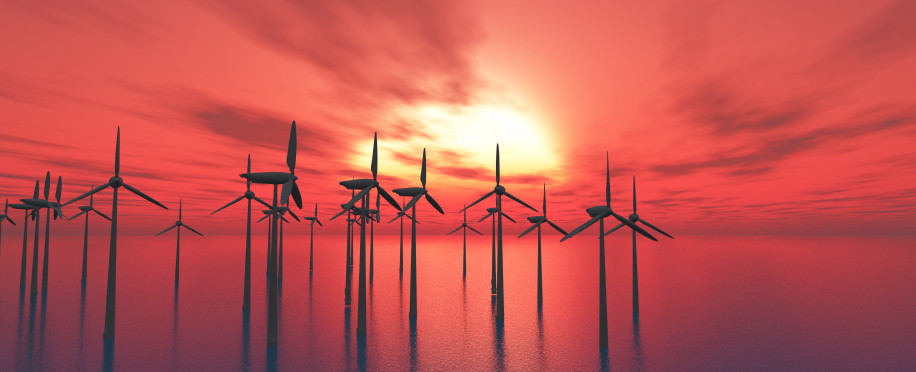Copyright © 2025 lmitac.com All Rights Reserved. Contact - Terms and Conditions - Privacy Policy - Quality Policy - Become an instructor - Vacancies - Sitemap
London Maritime Academy is a trade name for London Premier Groupversion: 2.9.0
London Maritime Academy is a trade name for London Premier Group

Posted on : 11/25/2023, 12:31:35 AM
In the last few years, we have noticed an increase in offshore wind farms as an ideal renewable energy source.
Moreover, offshore wind farms present many advantages, making them a fantastic solution that provides clean, powered electricity for onshore facilities.
Grow your knowledge about offshore wind farms, the latest statistics, worries, and attached environmental advantages.
Offshore wind farms are a group of wind turbines installed in the ocean to generate clean electricity power.
Furthermore, floating offshore wind farms generate electricity through wind power. They are considered a significant renewable energy source that does not include any carbon or greenhouse gas emissions.
The work technique of offshore wind farms is similar to that of onshore wind farms; however, it is designed with specifications and details to face the impact of the marine environment.
To help you understand more about offshore wind farms and its impact on energy production, let us share with you some basic numbers:
By 2025, offshore wind farms (OWFs) are expected to generate more than 20% of the total wind electricity production.
More than 80% of offshore wind farms are located in Europe to provide 30% of Europe's electricity requirements by 2050.
The total number of offshore wind farms in 2023 is 260, with China being the most significant contributor, with 105 offshore wind farms in this clean energy source. The UK, Germany, and Vietnam follow the exact order mentioned.
As with any other power-generating process, offshore wind farms also have harmful environmental impacts on marine life.
However, we must know that these worries and impacts differentiate from one sea or ocean location to another depending on the location specifications.
Marine environmental impacts due to the constructions and on-site operations may impact the different marine species and their circle of life.
Offshore wind farms may impact different maritime activities, including navigation and shipping, with safety impacts.
Maintenance challenges as the wind turbines will require maintenance, and due to the hardness of working in the sea, this could be a complex and expensive process.
Any maritime professional training now speaks about offshore wind farms as a great source of renewable energy, especially with these fantastic benefits:

Offshore wind farms are a great source of clean electricity as they are a generation source based on wind power. Moreover, the wide water spaces allowed it to install many turbines and generate large amounts of energy.
The offshore wind farms are usually far from the coast. Thus, they will not have any visual impact on the coastal line. Additionally, they will provide onshore space for other projects that cannot occur offshore.
We know installing an offshore wind farm is a costly undertaking. Yet, offshore wind farms are cost-effective investments considering the renewable energy outcomes, maintenance processes, the capacity of the wind turbines, and the economic impacts.
Usually, all offshore areas experience strong and consistent wind speeds compared to onshore spaces. Which helps offshore farms generate more electricity and become a reliable energy source.
Due to the larger available open spaces, more giant turbines could be installed in offshore wind farms, leading to more efficiency and electricity generation than onshore wind farms.
The projects of offshore wind farms are attached to development, construction, and maintenance operations, all of which are linked to new job opportunities and economic growth.
Next to the clean energy source that will have few destructive impacts, thus lower solution providing costs.
Offshore wind farm installation is a worldwide trend with economic and environmental advantages.
Thus, considering investing in this growing field is for sure a good decision to make.